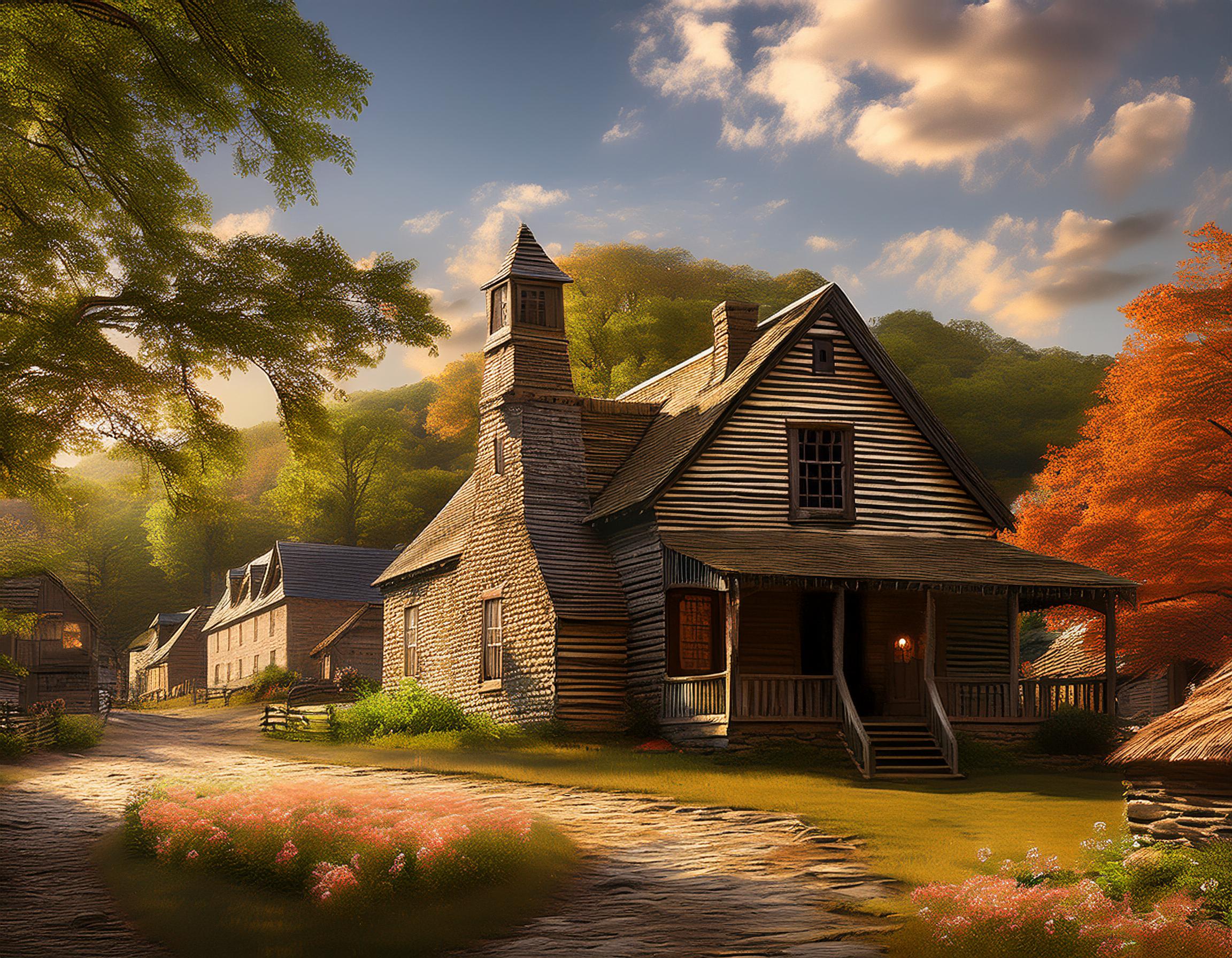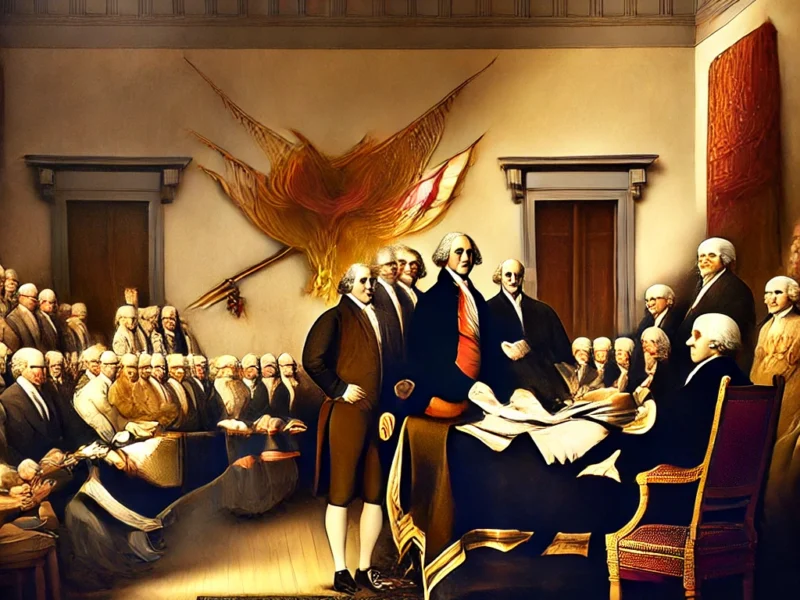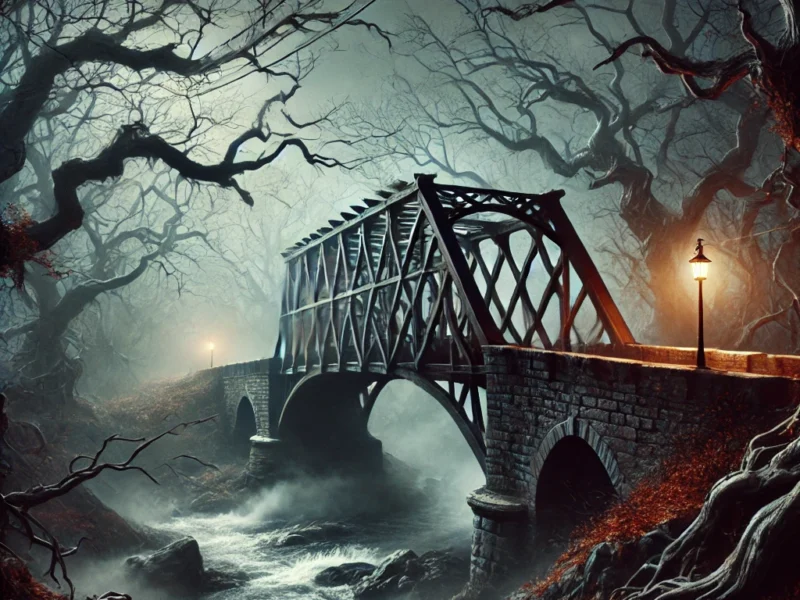Nestled in the heart of New York’s Hudson Valley, Sleepy Hollow in the 1700s was a quiet and picturesque hamlet steeped in Dutch heritage and colonial charm. Long before its name became synonymous with the Headless Horseman of Washington Irving’s famed tale, this tranquil village was a hub of early American life, shaped by its geography, people, and cultural traditions.
A Landscape of Serenity and Mystery
The Sleepy Hollow of the 18th century was characterized by its natural beauty and seclusion. Rolling hills and dense forests framed the area, while the majestic Hudson River flowed nearby, providing a lifeline for trade and transportation. The village’s rustic charm was enhanced by winding dirt roads and wooden bridges that connected small farms and homesteads.
These wooded landscapes were more than just scenery—they played a significant role in local folklore. Tales of mysterious figures and haunted places were common, with the shadowy woods offering the perfect backdrop for supernatural imaginings. This air of mystery would later inspire the ghostly tales for which Sleepy Hollow is now famous.
The People of Sleepy Hollow
In the 1700s, Sleepy Hollow was a small, tight-knit community of primarily Dutch settlers and their descendants. These families brought with them the customs, language, and traditions of their homeland, which heavily influenced the area’s culture. Life was deeply communal, revolving around church services, local gatherings, and shared labor.
Daily life was centered on agriculture. Farmers cultivated crops like wheat, corn, and rye, while raising livestock such as cows, sheep, and chickens. Homes were modest but functional, often built in the sturdy Dutch colonial style using local timber and stone. These dwellings, with their steeply pitched roofs and large chimneys, were designed to withstand the harsh winters of the Hudson Valley.
A Culture of Folklore and Superstition
The residents of Sleepy Hollow in the 1700s were not just farmers and laborers; they were also storytellers and keepers of tradition. Folklore played an integral role in their lives, blending Dutch legends with tales rooted in the local landscape. Stories of ghosts, witches, and other supernatural beings were passed down through generations, often told during long winter nights by the fire.
Perhaps the most enduring legend to emerge from this tradition is that of the Headless Horseman, said to be the ghost of a Hessian soldier who lost his head during the Revolutionary War. While the specific details of this tale may have evolved over time, its roots lie in the community’s fascination with the eerie and the unexplained.
Economy and Infrastructure
The economy of 18th-century Sleepy Hollow was primarily agrarian, with farmers trading surplus crops and goods at local markets. The nearby Hudson River was a vital artery for commerce, connecting the village to larger towns and cities like New York City. Small mills and taverns dotted the area, serving as centers for both economic activity and social interaction.
Transportation infrastructure was rudimentary. Roads were unpaved and often difficult to traverse, especially during the winter months. Travel by horseback or carriage was slow and cumbersome, reinforcing the village’s sense of isolation.
Sleepy Hollow and the Revolutionary War
The late 1700s brought upheaval to Sleepy Hollow, as the American Revolutionary War disrupted the lives of its residents. The village’s strategic location near the Hudson River made it a contested area, with skirmishes between British and American forces often spilling into local farmland.
Loyalists, patriots, and those trying to remain neutral coexisted uneasily, with tensions sometimes erupting into violence. Despite the conflict, the resilience of the community allowed it to endure and adapt to the challenges of wartime.
The Legacy of 18th-Century Sleepy Hollow
The Sleepy Hollow of the 1700s was a place where history, culture, and folklore intertwined to create a unique and enduring identity. Its Dutch roots, agrarian lifestyle, and love of storytelling laid the foundation for the village’s transformation into a symbol of early American life.
Today, Sleepy Hollow’s 18th-century history lives on, preserved in its architecture, landmarks, and legends. Visitors can still walk the wooded paths, cross the historic bridges, and imagine a time when life was simpler, stories were richer, and the line between reality and myth blurred under the canopy of the Hudson Valley’s ancient trees.



